Journal list menu
Export Citations
Download PDFs
Covers
Cover Picture: Photoluminescence of Mn2+ in the Borosulfate Zn[B2(SO4)4] : Mn2+—A Tool to Detect Weak Coordination Behavior of Ligands (Angew. Chem. Int. Ed. 45/2023)
- First Published: 22 September 2023
![Cover Picture: Photoluminescence of Mn2+ in the Borosulfate Zn[B2(SO4)4] : Mn2+—A Tool to Detect Weak Coordination Behavior of Ligands (Angew. Chem. Int. Ed. 45/2023) Volume 62 Issue 45, 2023](/cms/asset/0be0ebcb-ae55-4f70-9599-4b6c7c54897c/anie202313698-toc-0001-m.jpg)
Mn2+ is a so-far still rather underestimated visible emitter that is more abundant than the currently dominantly used emitter Eu2+. This could be a possible alternative for future LED phosphors. The cover picture shows octahedrally coordinated Mn2+ ions embedded in the borosulfate Zn[B2(SO4)4]. Borosulfates are weakly coordinating ligands, which is directly reflected in the photoluminescence properties of the Mn2+ ions: They show orange narrow emission, which is indicative for a weak octahedral ligand field, as explained by Jörn Bruns, Markus Suta et al. in their Research Article (e202309212).
Inside Cover: Chemical Synthesis with Gaseous Molecular Ions: Harvesting [B12Br11N2]− from a Mass Spectrometer (Angew. Chem. Int. Ed. 45/2023)
- First Published: 27 October 2023
![Inside Cover: Chemical Synthesis with Gaseous Molecular Ions: Harvesting [B12Br11N2]− from a Mass Spectrometer (Angew. Chem. Int. Ed. 45/2023) Volume 62 Issue 45, 2023](/cms/asset/d0eb4bd3-3c90-4d76-8d74-a0c041b4a4fe/anie202312430-toc-0001-m.jpg)
Fragment ions are well recognized as elusive species in mass spectrometry, typically employed for analytical purposes. In their Communication (e202308600), Jonas Warneke et al. demonstrate that the reaction products of fragment ions formed in the gas phase can be “harvested” from a preparative mass spectrometer to become “building blocks” in chemical synthesis.
Inside Back Cover: Boosting CO2 Hydrogenation to Formate over Edge-Sulfur Vacancies of Molybdenum Disulfide (Angew. Chem. Int. Ed. 45/2023)
- First Published: 22 September 2023
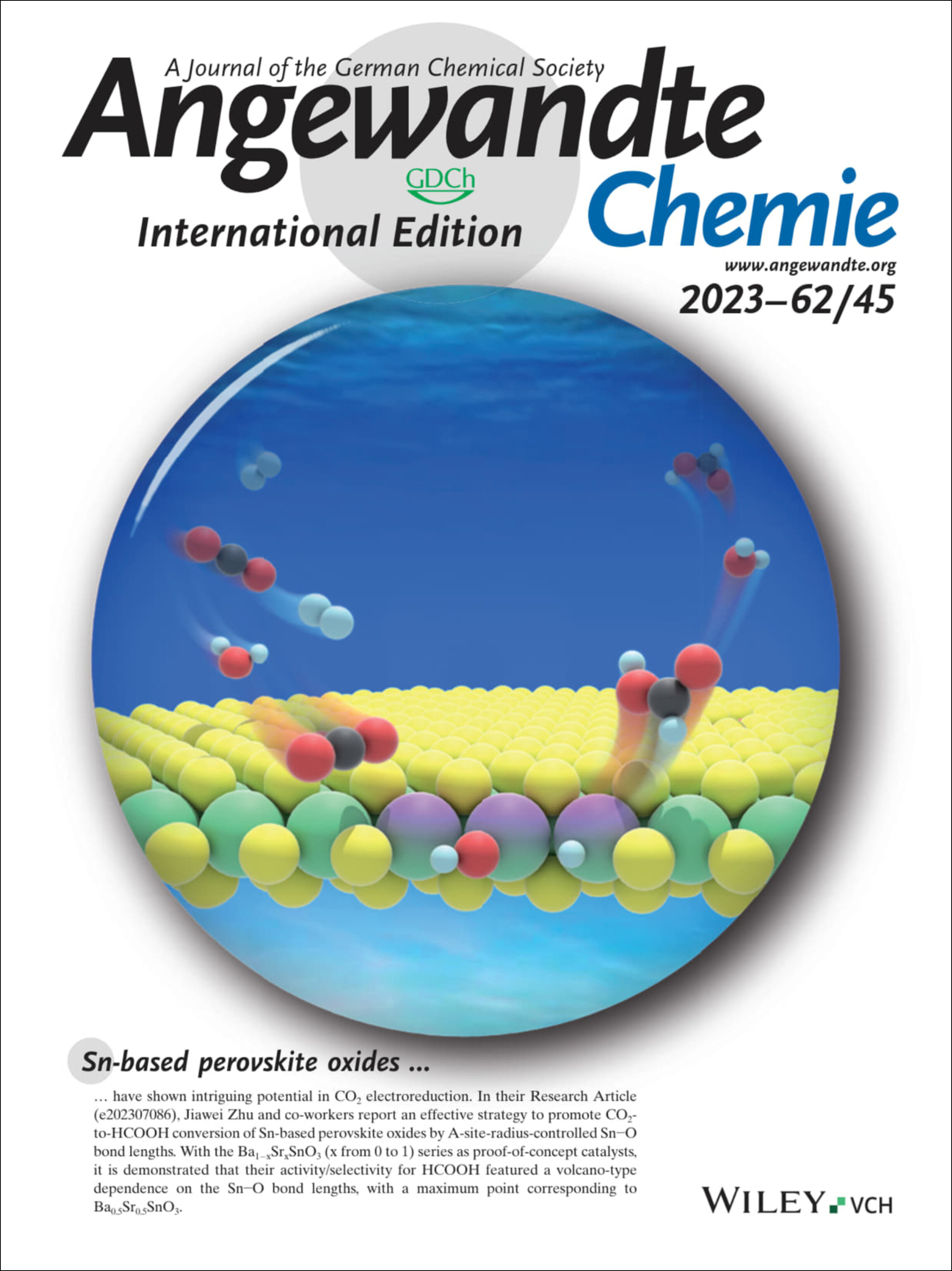
Sn-based perovskite oxides have shown intriguing potential in CO2 electroreduction. In their Research Article (e202307086), Jiawei Zhu and co-workers report an effective strategy to promote CO2-to-HCOOH conversion of Sn-based perovskite oxides by A-site-radius-controlled Sn−O bond lengths. With the Ba1−xSrxSnO3 (x from 0 to 1) series as proof-of-concept catalysts, it is demonstrated that their activity/selectivity for HCOOH featured a volcano-type dependence on the Sn−O bond lengths, with a maximum point corresponding to Ba0.5Sr0.5SnO3.
Back Cover: On the Conformation of Dimeric Acceptors and Their Polymer Solar Cells with Efficiency over 18 % (Angew. Chem. Int. Ed. 45/2023)
- First Published: 22 September 2023
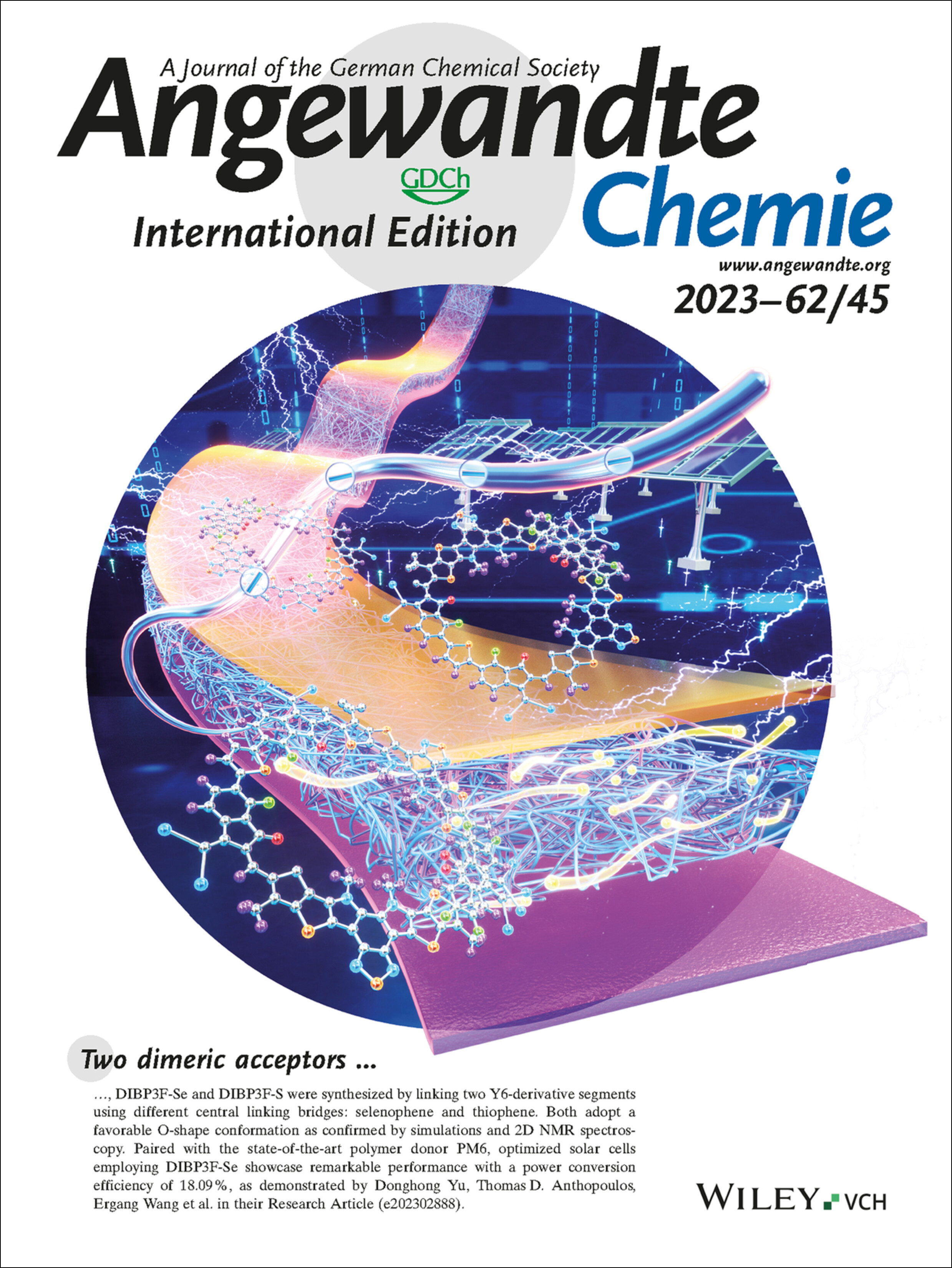
Two dimeric acceptors , DIBP3F-Se and DIBP3F-S were synthesized by linking two Y6-derivative segments using different central linking bridges: selenophene and thiophene. Both adopt a favorable O-shape conformation as confirmed by simulations and 2D NMR spectroscopy. Paired with the state-of-the-art polymer donor PM6, optimized solar cells employing DIBP3F-Se showcase remarkable performance with a power conversion efficiency of 18.09 %, as demonstrated by Donghong Yu, Thomas D. Anthopoulos, Ergang Wang et al. in their Research Article (e202302888).
Frontispiece
Frontispiece: Surface-Controlled CdS/Ti3C2 MXene Schottky Junction for Highly Selective and Active Photocatalytic Dehydrogenation-Reductive Amination
- First Published: 27 October 2023
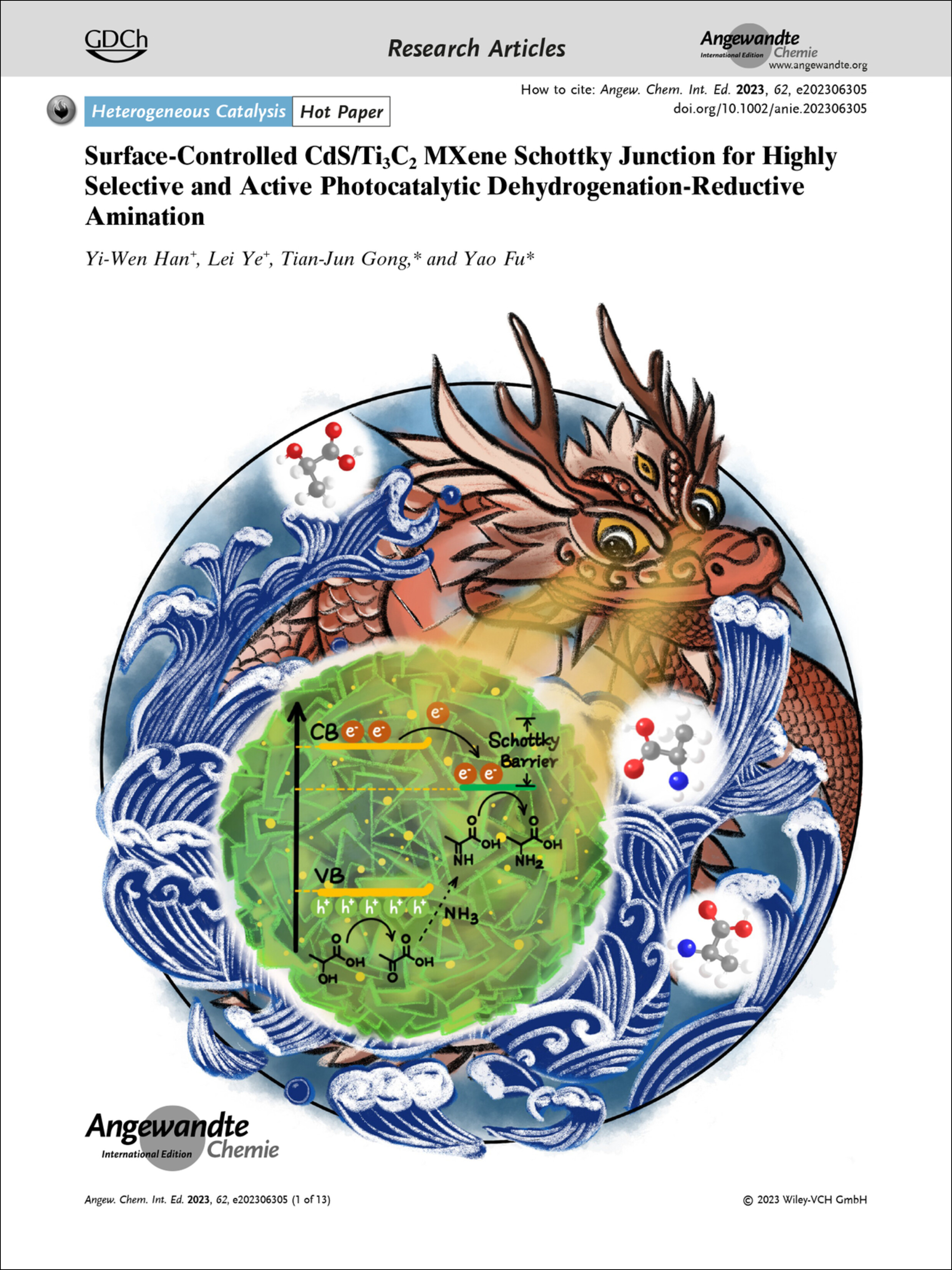
Photocatalysis. A surface-controlled CdS/Ti3C2 MXene Schottky junction for selective and active photocatalytic dehydrogenation–reductive amination is reported by Tian-Jun Gong, Yao Fu et al. in their Research Article (e202306305).
Frontispiece: Photocatalytic Terminal C−C Coupling Reaction Inside Water Soluble Nanocages
- First Published: 27 October 2023
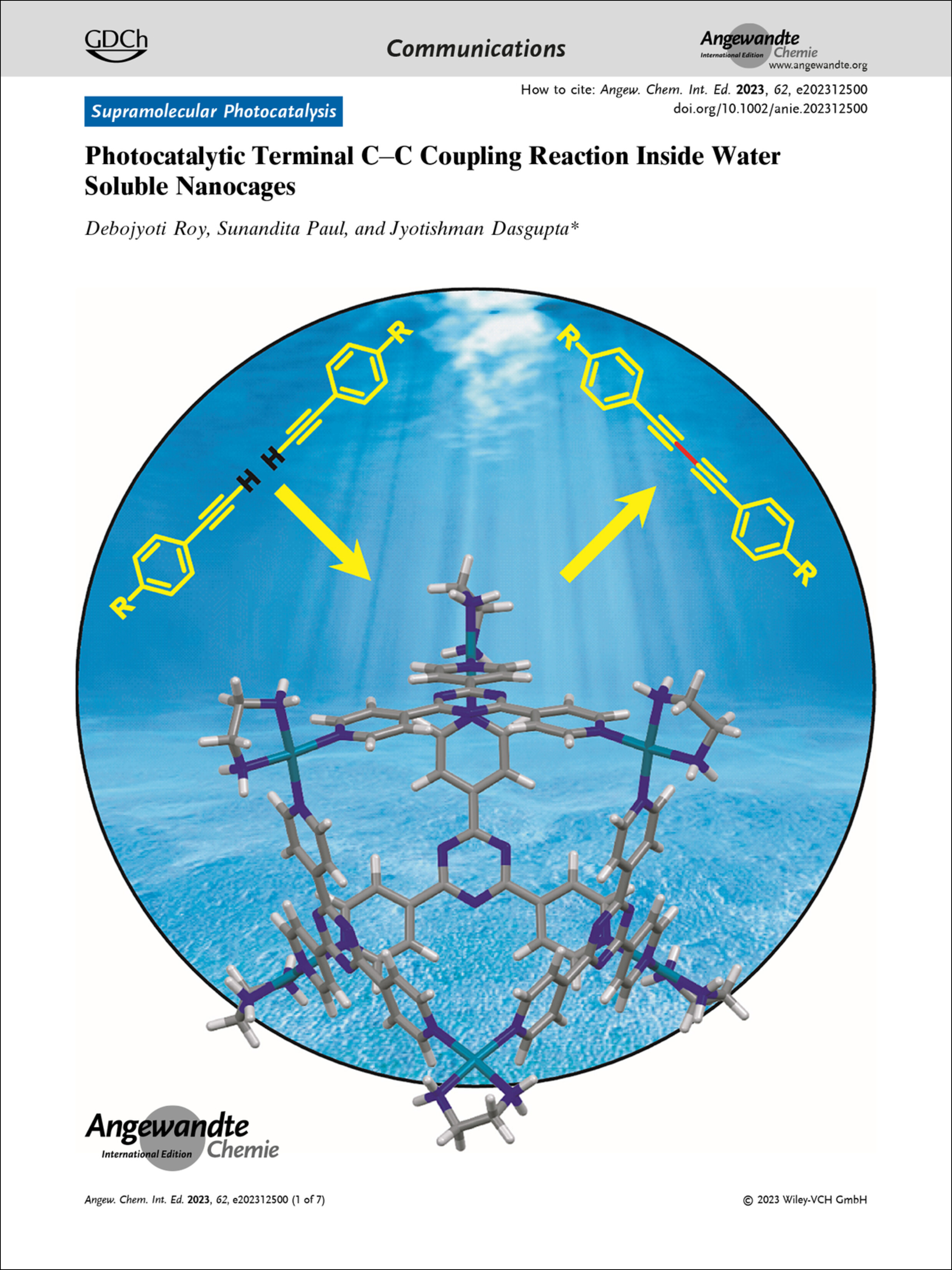
Photocatalysis. Photocatalytic terminal C−C coupling reactions inside water-soluble nanocages are reported by Jyotishman Dasgupta et al. in their Communication (e202312500).
Graphical Abstract
Team Profile
A Japan–Poland Collaboration for Coupling Molecular Nanomagnetism and Luminescent Thermometry
- First Published: 06 September 2023
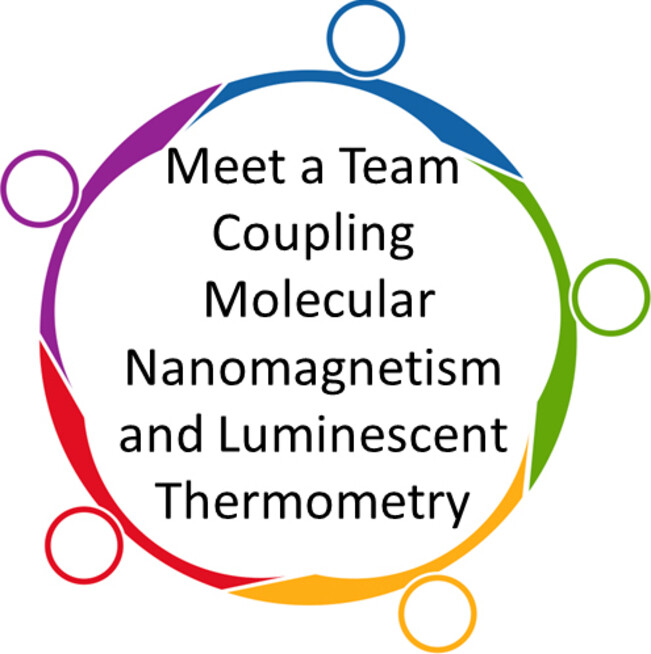
„This example truly shows how important it is to collaborate closely, try to communicate in every possible way, and not give up in the face of obstacles… We feel that the direct discussions during the conferences and research visits were critical in formulating the main concepts, finding the key conclusions, and making decisions on the final form of the presented piece of science…“ Find out more about the collaboration between the Tokoro Lab, Szymon Group, and Ohkoshi Lab for coupling molecular nanomagnetism and luminescent thermometry.
Introducing …
Atefeh Shafaat
- First Published: 11 September 2023

„The most important factor in the choice of my current research topic was the broad applications of wireless (bio)chemical sensing in different areas like healthcare, food, sport and agriculture… Young professors are not prepared for dealing with the new generation of students and their expectations.“ Find out more about Atefeh Shafaat in her Introducing… Profile.
Minireviews
Electrochemistry
Electroreductive Cross-Electrophile Coupling (eXEC) Reactions
- First Published: 16 June 2023
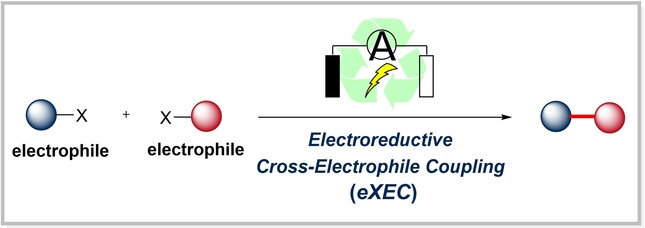
Electroreductive cross-electrophile coupling (eXEC) has emerged as a practical, green, sustainable, efficient electrochemical and controllable approach for constructing C−C or C−X bonds through selective cross-coupling of different electrophiles. This Mini-review summarizes the recent protocols of electroreductive cross-electrophile coupling reactions.
Organic Electronics
P-type Polymers in Semitransparent Organic Photovoltaics
- First Published: 03 July 2023
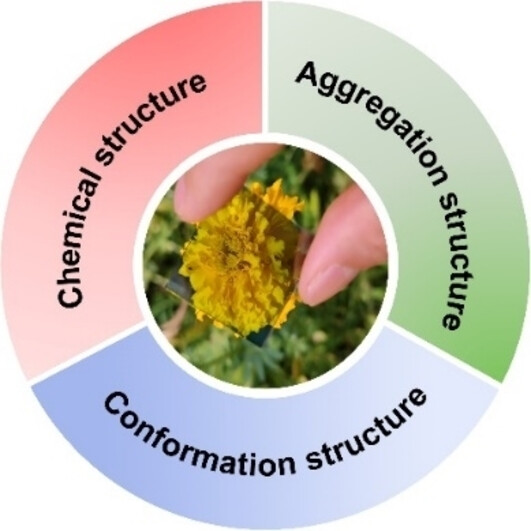
Semitransparent organic photovoltaics combine the functions of photovoltaic conversion and visual semitransparency. The p-type polymers used in semitransparent organic photovoltaics are systematically summarized from the perspectives of chemical structures, conformation structures, and aggregation structures. The design guidelines for novel p-type polymers in high-performance semitransparent organic photovoltaics are also proposed.
Fluorescent Probes
Fluorogenic and Cell-Permeable Rhodamine Dyes for High-Contrast Live-Cell Protein Labeling in Bioimaging and Biosensing
- First Published: 22 July 2023
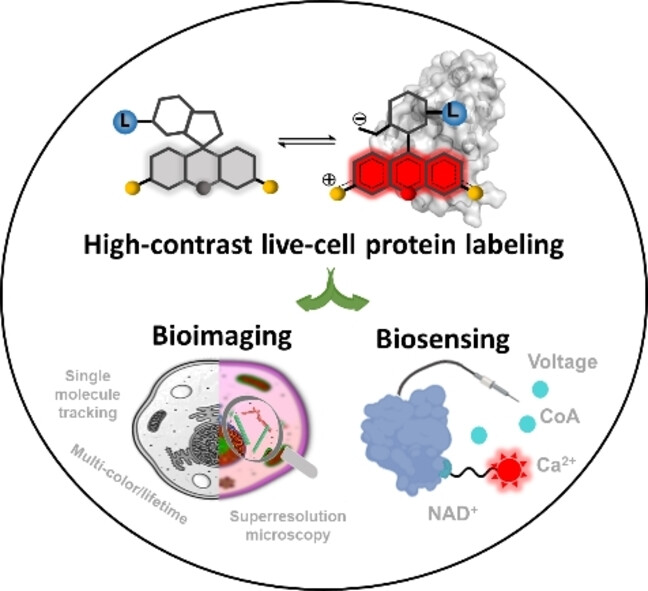
By manipulating the equilibrium between a nonfluorescent spirocyclic state (unbound) and a fluorescent zwitterion state (protein-bound), fluorogenic and cell-permeable rhodamine dyes have been developed for high-contrast protein labeling in living cells. Such new generation of probes offer exceptional performance in multi-color/lifetime imaging, superresolution microscopy, single protein tracking, and chemigenetic biosensors.
Reviews
C-H Activation
Preparative Scale Applications of C−H Activation in Medicinal Chemistry
- First Published: 07 June 2023
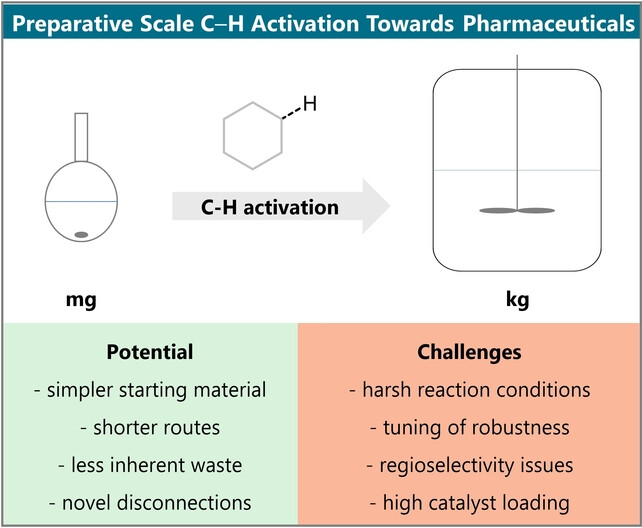
This review covers examples where C−H activation has been implemented on a preparative synthetic scale for the synthesis of drugs/drug candidates. Key features of the optimization process, challenges and potential of such methods in the pharmaceutical industry are discussed for various metals and transformations.
Sn-based Perovskite Solar Cells
Mechanistic Understanding of Oxidation of Tin-based Perovskite Solar Cells and Mitigation Strategies
- First Published: 31 July 2023
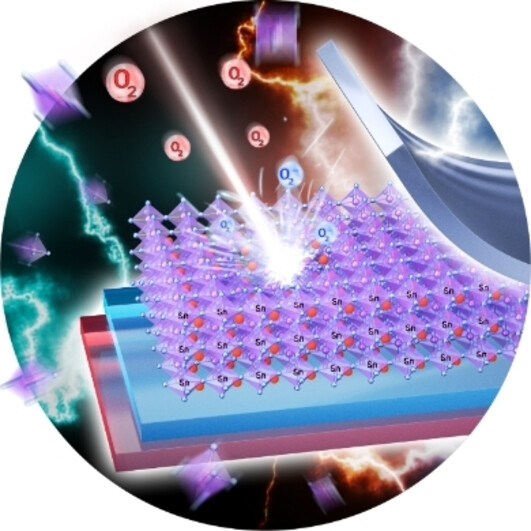
The facile oxidation of Sn-based perovskites is the most crucial issue hindering the development of Sn-based perovskite solar cells. This review concentrates on the oxidation of Sn-based perovskites from the chemical mechanism, detrimental effects at material- and device-level, and especially intrinsic causes/extrinsic causes to provide clear guidelines to accurately suppress the oxidation.
Research Articles
Heterogeneous Catalysis | Hot Paper
Surface-Controlled CdS/Ti3C2 MXene Schottky Junction for Highly Selective and Active Photocatalytic Dehydrogenation-Reductive Amination
- First Published: 31 July 2023
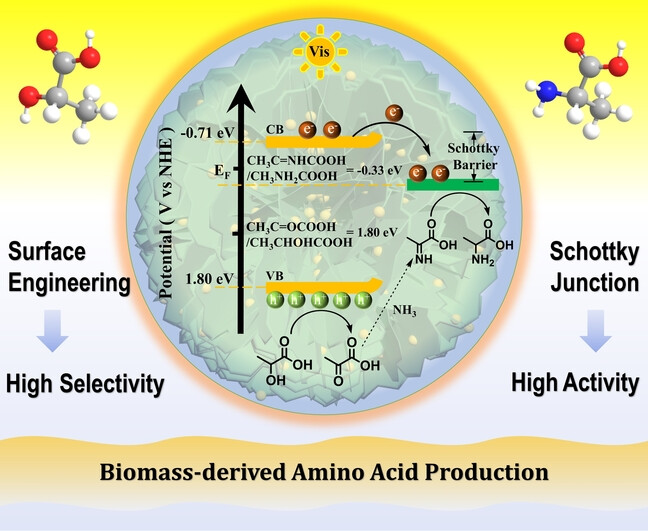
The novel hierarchical flower-like CdS/Ti3C2 Schottky junction, synthesized by crystal orientation control and heterostructure construction, shows unprecedented selectivity, activity, and stability for photocatalytic dehydrogenation-reductive amination under ambient conditions. Using the presented protocol, a wide range of biomass-derived hydroxyl acids can be successfully converted into the corresponding amino acids.
Solar Cells | Hot Paper
On the Conformation of Dimeric Acceptors and Their Polymer Solar Cells with Efficiency over 18 %
- First Published: 28 June 2023
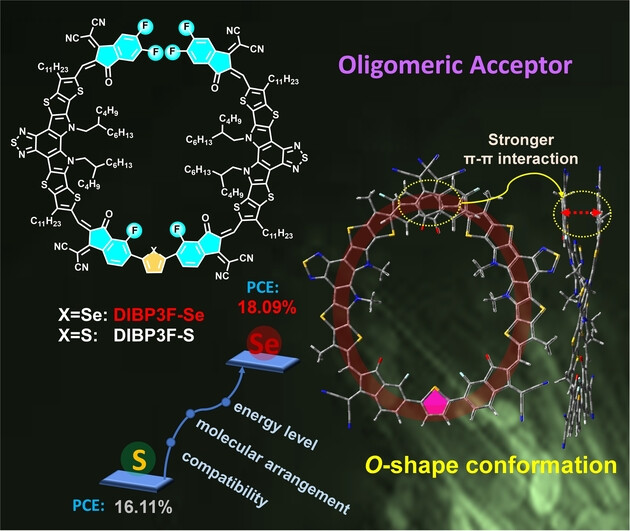
Two dimeric-type acceptors, DIBP3F-Se and DIBP3F-S were synthesized with selenophone and thiophene as a bridge, respectively. Both exhibit O-shape conformation as determined by NMR and DFT simulations, which is driven by the robust π–π interaction of intramolecular terminal groups. The PM6 : DIBP3F-Se-based solar cell demonstrated an efficiency of 18.09 %.
Solid-State Batteries | Very Important Paper
Time-Temperature-Transformation (TTT) Diagram of Battery-Grade Li-Garnet Electrolytes for Low-Temperature Sustainable Synthesis
- First Published: 18 September 2023
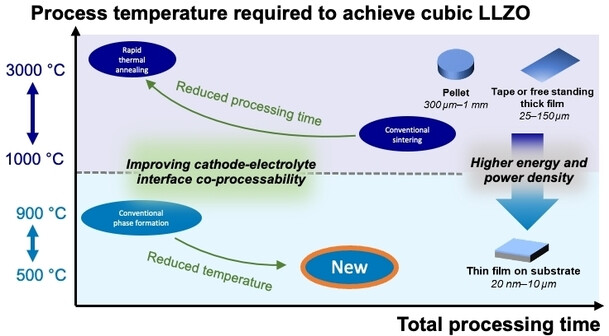
The establishment of a time-temperature-transformation (TTT) diagram captures the amorphous-to-crystalline LLZO transformation based on crystallization enthalpy analysis and confirms stabilization of cubic-phase LLZO at record low temperatures of 500 °C. Technologically, the newly proposed low-temperature processing routes benefit the integration and scale-up of LLZO-based solid-state batteries at reduced costs and carbon footprint.
CO2 Hydrogenation | Hot Paper
Boosting CO2 Hydrogenation to Formate over Edge-Sulfur Vacancies of Molybdenum Disulfide
- First Published: 20 July 2023
Protein Delivery | Very Important Paper
Engineering Nucleotidoproteins for Base-Pairing-Assisted Cytosolic Delivery and Genome Editing
- First Published: 17 September 2023

A nucleotidoprotein engineered via facile “green synthesis” exhibits strong electrostatic attraction and hydrogen bonding with complementary base-modified polyethyleneimine to form salt-resistant nanocomplexes with robust cytosolic delivery efficiency. The acidic endolysosomal environment enables traceless restoration of the nucleotidoprotein and consequently promotes the intracellular release of native protein.
Batteries
Porous Cyclodextrin Polymer Enables Dendrite-Free and Ultra-Long Life Solid-State Zn-I2 Batteries
- First Published: 26 September 2023
Fluorescent Probes
Crosstalk between Hepatic Glutathione Efflux and Tumor Targeting Efficiency of Indocyanine Green-Conjugated Gold Nanoparticles
- First Published: 09 September 2023
Luminescent Materials
Pseudo-2D Layered Organic-Inorganic Manganese Bromide with a Near-Unity Photoluminescence Quantum Yield for White Light-Emitting Diode and X-Ray Scintillator
- First Published: 25 September 2023
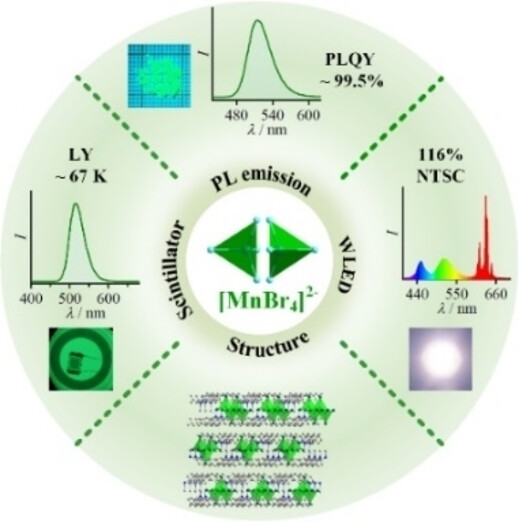
A novel pseudo-2D layered organic–inorganic manganese bromide with a near-unity photoluminescence quantum yield (PLQY) and high thermal quenching resistance was developed and explored as a green phosphor for wide color gamut light-emitting diodes (LEDs) and as a scintillator for sensitive X-ray detection and imaging, with performance superior to that of most commercial phosphors and scintillators, respectively.
Aqueous Zn-ion Batteries | Very Important Paper
An Organic Coordination Manganese Complex as Cathode for High-Voltage Aqueous Zinc-metal Battery
- First Published: 16 September 2023
Protein-Polymer Conjugates | Hot Paper
Design of an Oxygen-Tolerant Photo-RAFT System for Protein-Polymer Conjugation Achieving High Bioactivity
- First Published: 17 August 2023
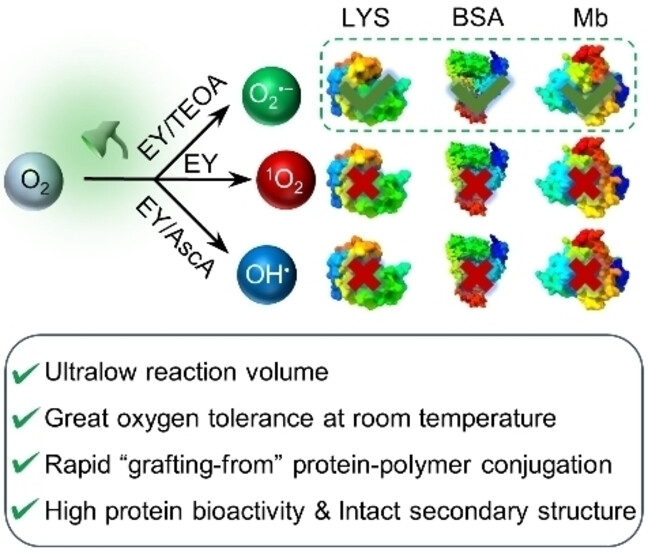
This study explores the effects of ROS on protein activity and secondary structure during photocatalysis. Specifically, it offers valuable insights into synthesizing protein-polymer conjugates while preserving high enzymatic activity under mild and aerobic conditions. The EY/TEOA system is identified as the optimal method for preparing conjugates, offering a simple and robust strategy with excellent oxygen tolerance in a minimal reaction volume.
Proteomics | Hot Paper
Superparamagnetic Composite Nanobeads Anchored with Molecular Glues for Ultrasensitive Label-free Proteomics
- First Published: 31 August 2023
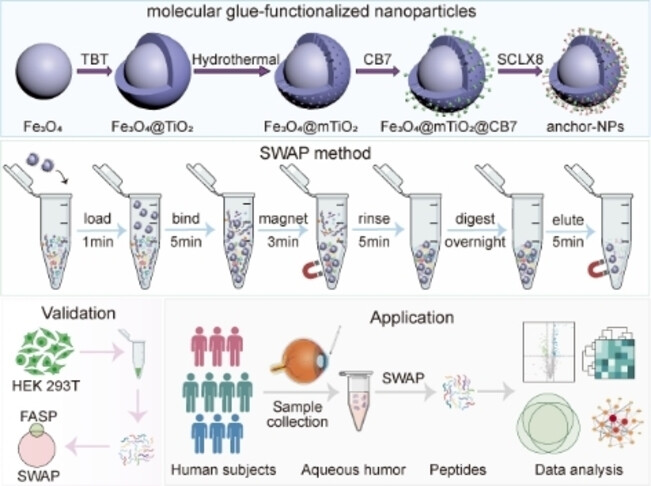
Coverage of label-free proteomics for precious trace specimens is limited due to redundant pretreatments. We design molecular glue-functionalized superparamagnetic composite nanoparticles equipped with protein anchors to capture proteins in complex trace biological samples. We propose a Streamlined Workflow based on Anchor-nanoparticles for Proteomics (SWAP) in one single tube to reduce protein loss for ultrasensitive proteomic analysis.
Electrocatalysis
Directing the Selectivity of CO Electrolysis to Acetate by Constructing Metal-Organic Interfaces
- First Published: 25 September 2023

A Cu-organic interface constructed by in situ reconstruction of Cu phthalocyanine can direct the selectivity of CO electrolysis to a specific multicarbon product, with an acetate Faradaic efficiency (FE) as high as 84.2 %, a record acetate partial current density of 605 mA cm−2, and an acetate yield up to 63.4 %. The impressive acetate selectivity is ascribed to the favorable reaction microenvironment created by the Cu-organic interface.
Synthetic Methods
Divergent Photosensitizer Controlled Reactions of 4-Hydroxycoumarins and Unactivated Olefins: Hydroarylation and Subsequent [2+2] Cycloaddition
- First Published: 25 September 2023
![Divergent Photosensitizer Controlled Reactions of 4-Hydroxycoumarins and Unactivated Olefins: Hydroarylation and Subsequent [2+2] Cycloaddition](/cms/asset/6adfbb01-eba5-4a71-87da-e8fc0bd239eb/anie202309897-toc-0001-m.jpg)
Nucleophilic 4-hydroxycoumarins were converted into electrophilic carbon radicals via photocatalytic arene oxidation, allowing for hydroarylation of unactivated and electron-rich olefins. Moreover, by tuning the photocatalyst (PC), structurally complex cyclobutane-fused pentacyclic products were constructed in a single step via a cascade of hydroarylation and [2+2] cycloaddition.
OLEDs
B−N/B−O Contained Heterocycles as Fusion Locker in Multi-Resonance Frameworks towards Highly-efficient and Stable Ultra-Narrowband Emission
- First Published: 16 August 2023
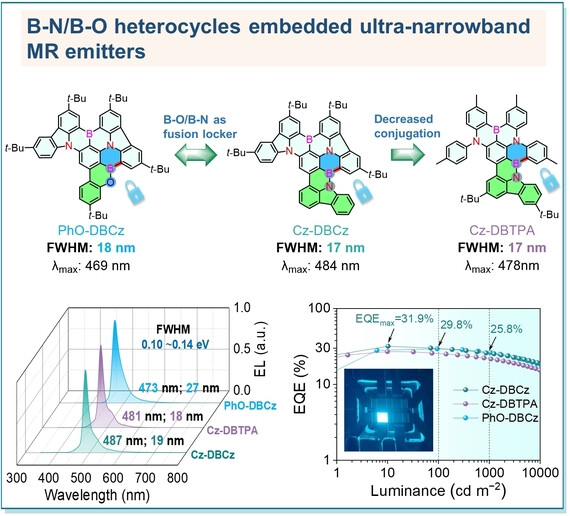
A strategy is reported to realize ultra-narrowband emission by incorporating B−N/B−O heterocycles as fusion lockers into conventional multi-resonant frameworks. Three emitters exhibited bright sky-blue emission with remarkably small full width at half-maximum (FWHMs) of only 17–18 nm in solution. A high-performance OLED device was achieved with a small FWHM of merely 19 nm and a high EQE of up to 31.9 % with alleviated efficiency attenuation.
Synthetic Methods
Photocatalyzed Aminomethylation of Alkyl Halides Enabled by Sterically Hindered N-Substituents
- First Published: 18 September 2023

The photocatalyzed aminomethylation of alkyl halides was realized for the synthesis of tertiary amines bearing bulky substituents and it involves radical C(sp3)−C(sp3) bond formation. The bulky N-substituents serve as an activation group to overcome the redox-potential barrier in these reactions, allowing synthesis of sterically congested tertiary amines.
Alkyne Complexes
Tetracopper σ-Bound μ-Acetylide and -Diyne Units Stabilized by a Naphthyridine-based Dinucleating Ligand
- First Published: 13 September 2023

Reaction of two equivalents of a dicopper(I) tert-butoxide species with an appropriate acetylide synthon allowed the rational synthesis of a molecular tetracopper(I) acetylide, which possesses an unusual μ4-η1:η1:η1:η1 coordination mode. This geometry opens the door to higher nuclearity homo- or heterometallic architectures, as demonstrated by the formation of a pentacopper(I) complex.
Organic Afterglow
Color-Tunable Dual-Mode Organic Afterglow for White-Light Emission and Information Encryption Based on Carbazole Doping
- First Published: 19 September 2023
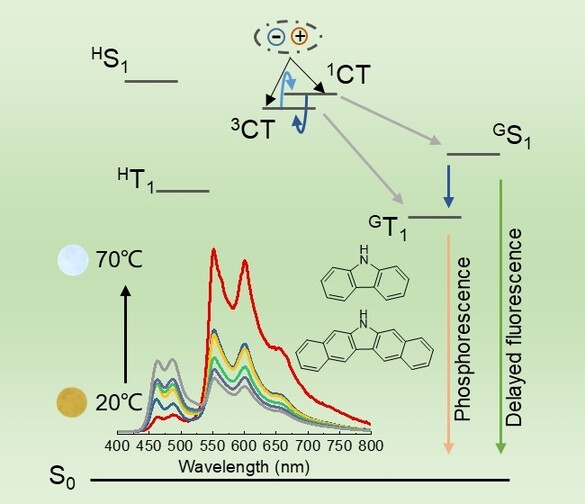
Delayed fluorescence usually showed much shorter lifetime than phosphorescence in organic afterglow. An effective strategy is presented in this work to prolong the lifetime of delayed fluorescence to approach that of phosphorescence, which enables great color tunability of organic afterglow from yellow to white by changing the temperature.
Cage Compounds
Urea-Functionalized Fe4L6 Cages for Supramolecular Gold Catalyst Encapsulation to Control Substrate Activation Modes
- First Published: 03 September 2023

A sulfonate-functionalized gold catalyst and urea substrate have been found to be encapsulated in a urea-functionalized Fe4L6 cage through hydrogen bonding. The caged catalyst presents excellent performances compared to the free catalyst, with high selectivity obtained from the site-isolation effect imposed by the cage only allowing catalysis by π activation of the substrate. The high reactivity arises from stabilization of the transition state.
Photochemistry
Photoinduced Cobalt Catalysis for the Reductive Coupling of Pyridines and Dienes Enabled by Paired Single-Electron Transfer
- First Published: 07 September 2023

A mild, regioselective method for the hydropyridylation of diene feedstocks is reported, and is amenable to late-stage-functionalisation. Experiments and DFT calculations suggest a mechanism involving non-reversible hydrogen atom transfer, resulting in a reaction that is uniquely selective for dienes in the presence of other olefins.
Polymerization
Supramolecular Polymerization of a Pyrene-Substituted Diamide and Its Ensemble of Kinetically Trapped Configurations
- First Published: 19 September 2023
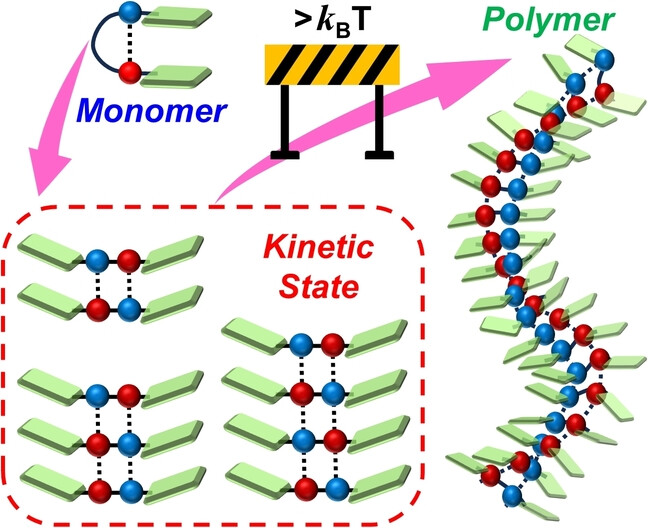
The microscopic characteristics of the kinetic state in supramolecular polymerization must be thoroughly understood to advance the design and synthesis of functional soft materials. This molecular dynamics study provides the same, along with new insights into the monomeric and thermodynamic states, thus addressing the origin of the lag phase. It also describes the minimum free-energy path from the kinetic to the thermodynamic states.
Digital Polymers
Conception and Evaluation of a Library of Cleavable Mass Tags for Digital Polymers Sequencing
- First Published: 22 September 2023

An optimal set of phosphoramidite monomers was synthesized herein for facilitating the mass spectrometry (MS) sequencing of digital poly(phosphodiester)s. These molecules contain a cleavable alkoxyamine group and various side-chain substituents with a distinct mass signature. When incorporated periodically in the polymers, these new molecules enable a controlled MS fragmentation and an easy identification of the resulting fragments.
Electrosynthesis | Hot Paper
Integrated Tandem Electrochemical-chemical-electrochemical Coupling of Biomass and Nitrate to Sustainable Alanine
- First Published: 18 September 2023

By the integrated tandem electrochemical-chemical-electrochemical strategy, the biomass-derived pyruvic and waste nitrate were coupled into an amino acid, alanine. In detail, NO3− was electro-reduced to NH2OH, which could interact with PA to the form pyruvic oxime, and then the pyruvic oxime was electro-reduced to the desired alanine.
Electrocatalytic CO2 Reduction
A Bismuth-Based Zeolitic Organic Framework with Coordination-Linked Metal Cages for Efficient Electrocatalytic CO2 Reduction to HCOOH
- First Published: 18 September 2023
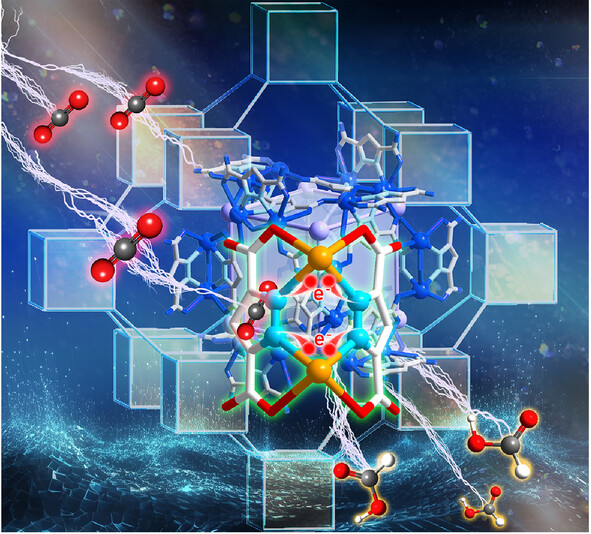
A ligand-directing strategy is developed to build a bismuth-based zeolitic organic framework (Bi-ZMOFs) with coordination-linked metal cages for efficient electrochemical reduction of CO2 to HCOOH with 91 % efficiency. The coordination of Bi with pyrazole-N atom triggers an effective interatomic electron transfer and contributes to the activation of CO2 and stabilization of the active intermediates.
Quantum Dots
Gallium Sulfide Quantum Dots with Zinc Sulfide and Alumina Shells Showing Efficient Deep Blue Emission
- First Published: 21 September 2023
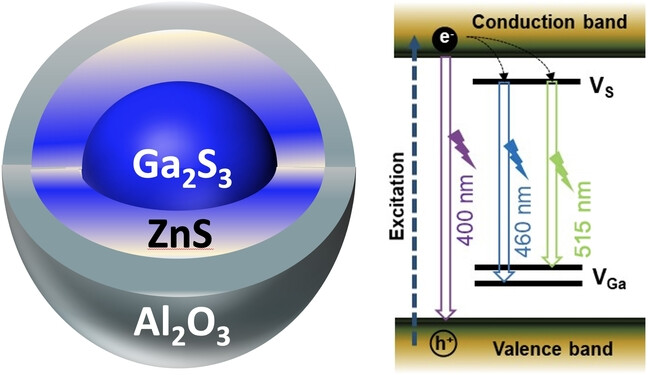
Ga2S3 nanocrystals constitute a novel type of quantum dots exempt from toxic heavy metals whose fluorescence can be tuned from broad trap-state to narrow band-edge emission in the deep blue range by coating their surface with a ZnS shell. An additional alumina shell enhances the photoluminescence quantum yield close to 50 % while maintaining a short lifetime around 1 ns.
H-Bonded Organic Frameworks
Hydrogen-Bonded Organic Framework to Upgrade Cycling Stability and Rate Capability of Li-CO2 Batteries
- First Published: 19 September 2023
Helical Structures
Solvation-Mediated Self-Assembly from Crystals to Helices of Protic Acyclic Carbene AuI-Enantiomers with Chirality Amplification
- First Published: 21 September 2023
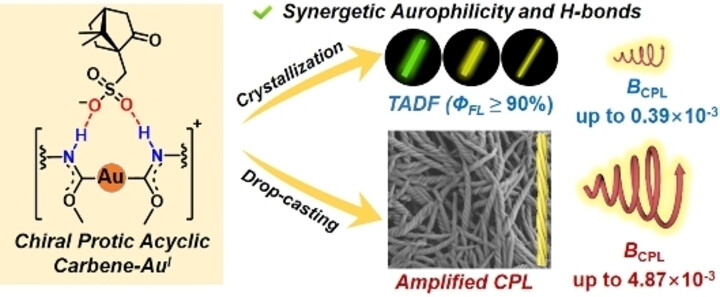
Novel protic acyclic carbene-AuI enantiomers exhibited solvation-mediated self-assembly from crystals to helices driven by synergetic aurophilicity and H-bonds. Three polymorphs showed intense thermally activated delayed fluorescence (TADF) with high quantum yield (ΦFL). Extended helical Au⋅⋅⋅Au chains in helices amplified circularly polarized luminescence (CPL) with boosted luminescence dissymmetry factor (|glum|) and CPL brightness (BCPL).
Electrocatalysis | Hot Paper
Pd Loaded NiCo Hydroxides for Biomass Electrooxidation: Understanding the Synergistic Effect of Proton Deintercalation and Adsorption Kinetics
- First Published: 15 September 2023
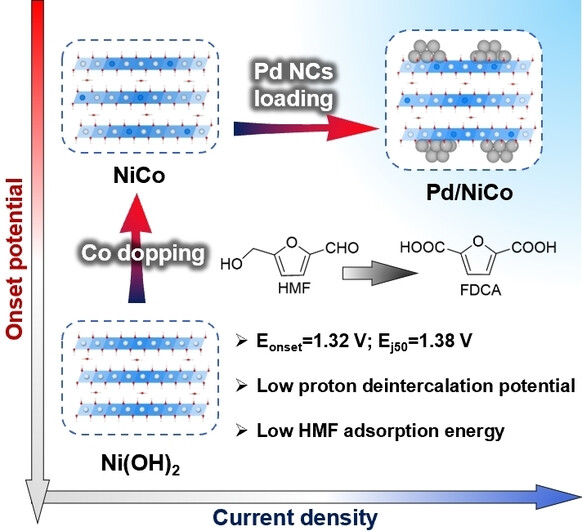
By loading Pd NCs on the Co-doped Ni(OH)2, we were able to promote the proton deintercalation process on the catalyst surface as well as HMF adsorption, respectively. As a result, a comprehensive optimization in performance by simultaneously decreasing the onset potential of the reaction and enhancing the current density can be achieved.
Photoelectric Materials
Multimode Luminescence Tailoring and Improvement of Cs2NaHoCl6 Cryolite Crystals via Sb3+/Yb3+ Alloying for Versatile Photoelectric Applications
- First Published: 19 September 2023
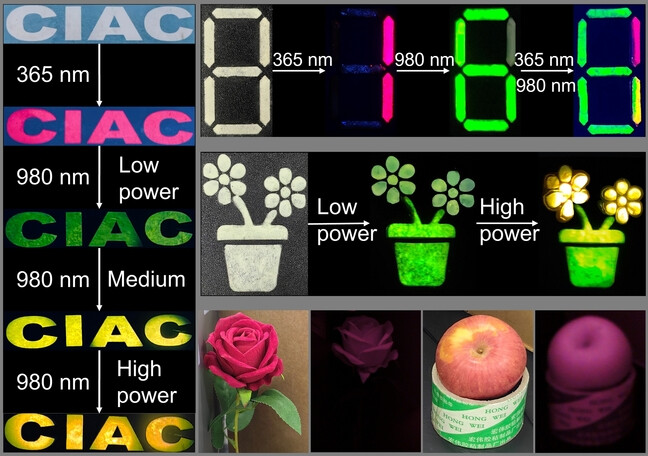
A novel cryolite material (Cs2NaHoCl6) has been successfully synthesized, showing remarkable characteristics including anti-thermal quenching and multimode photoluminescence. Further, its luminescence efficiency can be effectively improved and the emission was tailored through alloying Sb3+ ions (s-p energy levels) and Yb3+ ions (f-f energy levels). These findings highlight the immense potential in multifunctional photoelectric applications.
Polycycles | Hot Paper
Bis-peri-dinaphtho-rylenes: Facile Synthesis via Radical-Mediated Coupling Reactions and their Distinctive Electronic Structures
- First Published: 21 September 2023

Four ribbon-like bis-peri-dinaphtho-rylene molecules were synthesized by intermolecular or intramolecular radical-mediated coupling reactions. They show electronic structures resembling the typical pyrenacenes rather than quinoidal rylenes, with localized aromatic benzenoid rings along the central long axis.
Batteries | Hot Paper
Synergistic Modulation of In-Situ Hybrid Interface Construction and pH Buffering Enabled Ultra-Stable Zinc Anode at High Current Density and Areal Capacity
- First Published: 24 September 2023

A synergistic modulation concept is developed by introducing taurine into electrolyte. In addition to buffering the pH of the electrolyte, the preferentially adsorbed taurine on the Zn surface reconstructs the electronic double layer (EDL) and subsequently builds an in situ hybrid interface to inhibit side reactions and regulate Zn deposition. This synergistic modulation strategy greatly enhances the performance of Zn anode and full batteries.
Zn-ion Batteries
Rapidly Synthesized Single-Ion Conductive Hydrogel Electrolyte for High-Performance Quasi-Solid-State Zinc-ion Batteries
- First Published: 20 September 2023
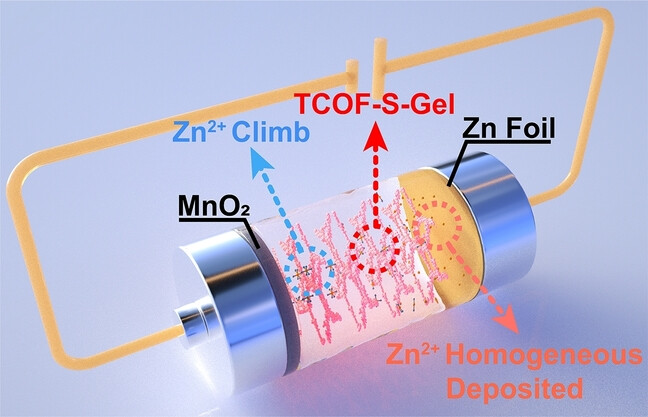
Utilized sulfonic acid-modified COFs (TCOF-S) photo-catalyst to generate free radicals to trigger the rapid in situ light solidification of acrylamide in the pore channels of COFs. Formed TCOF-S-Gel has combined polymer gel electrolytes (PGE) with single-ion conductors (SICs) and make them complement each other.
Electrosynthesis | Very Important Paper
Electrocatalytic Synthesis of Pyridine Oximes using in Situ Generated NH2OH from NO species on Nanofiber Membranes Derived from NH2-MIL-53(Al)
- First Published: 20 September 2023
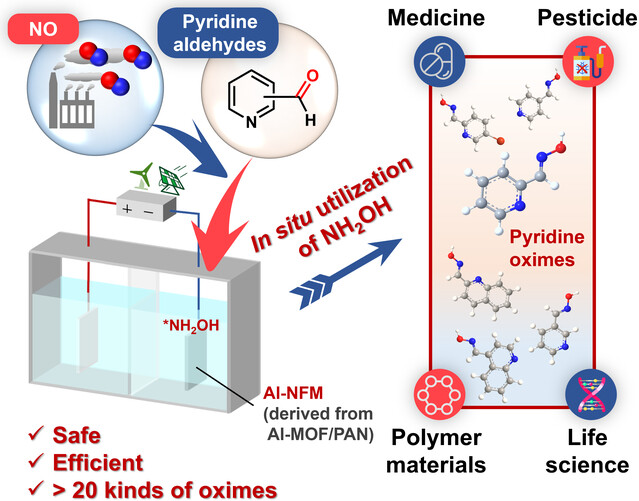
A novel strategy of converting NO into pyridine oximes utilizing in situ generated NH2OH for organophpsphorus poisoning is realized by electrocatalysis over Al coordinated on nanofiber membrane, which offers great significance to synthesize medicine and multidisciplinary science, providing new insights for constructing new efficient system for NH2OH production and utilization.
Polymer Photocatalysts
Organic Polymer Dots Photocatalyze CO2 Reduction in Aqueous Solution
- First Published: 20 September 2023
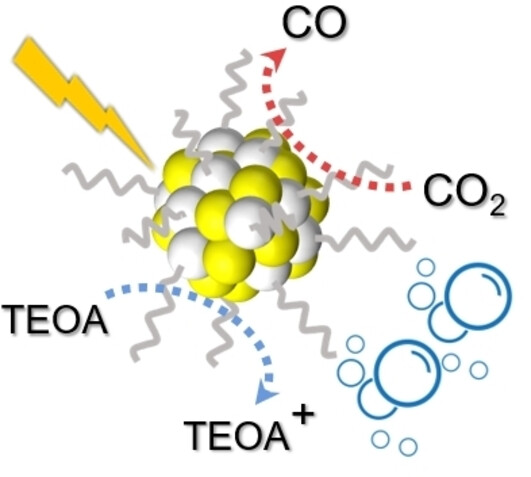
Organic poly[(9,9′-dioctylfluorenyl-2,7-diyl)-co-(1,4-benzo-thiadiazole)] (PFBT) polymer dots were applied as the CO2 photoreduction catalyst in aqueous solution to yield a CO production rate of 57 μmol g−1 h−1 with a selectivity of up to 100 % and promising stability. Mechanistic studies indicated that the photoexcited PFBT was reduced by triethanolamine (TEOA) first, then bound with CO2 before CO production.
Enzyme Catalysis | Very Important Paper
Cytochrome P450 Mediated Cyclization in Eunicellane Derived Diterpenoid Biosynthesis
- First Published: 21 September 2023

Three highly oxidized eunicellane-derived 6/7/5-fused tricyclic diterpenoids, aridacins A−C, were discovered through genome mining. In vivo and in vitro investigations and quantum chemical computations systematically established that terpene cyclase (TC) and P450 enzymes work in tandem to create the backbone of aridacins, representing an unprecedented strategy in terpene skeletal construction.
Photodynamic Therapy
A Photolabile Curcumin-Diazirine Analogue Enables Phototherapy with Physically and Molecularly Produced Light for Alzheimer's Disease Treatment
- First Published: 18 September 2023
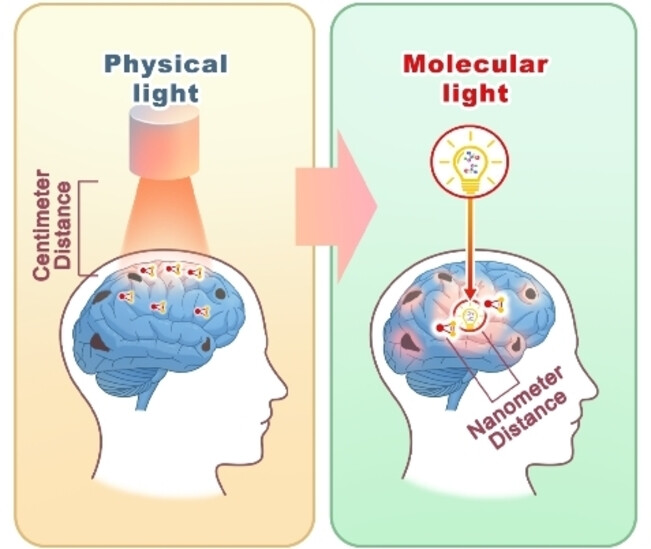
A photolabile curcumin analogue CRANAD-147 is reported. It could lead to changes in properties, structures (sequences) and neurotoxicity of amyloid beta (Aβ) species in vitro and in transgenic 5xFAD mice in vivo with molecularly generated light (dubbed as “molecular light”) from chemiluminescence probe ADLumin-4. It has great potential as an alternative approach for AD drug discovery.
Homogeneous Catalysis
Highly Efficient Depolymerization of Waste Polyesters Enabled by Transesterification/Hydrogenation Relay Under Mild Conditions
- First Published: 21 September 2023

An efficient hydrogenative PET degradation protocol was developed under mild conditions enabled by a novel transesterification/hydrogenation relay strategy and rationally designed catalysts. A broad range of post-consumer PET sources and other types of polyesters were easily degraded in excellent yields. Preliminary mechanistic studies disclosed the evolution of catalyst and the important role of methanol for promoting the reaction efficiency.
Organic Phosphorescence | Hot Paper
Disorder-Enhanced Charge-Transfer-Mediated Room-Temperature Phosphorescence in Polymer Media
- First Published: 21 September 2023
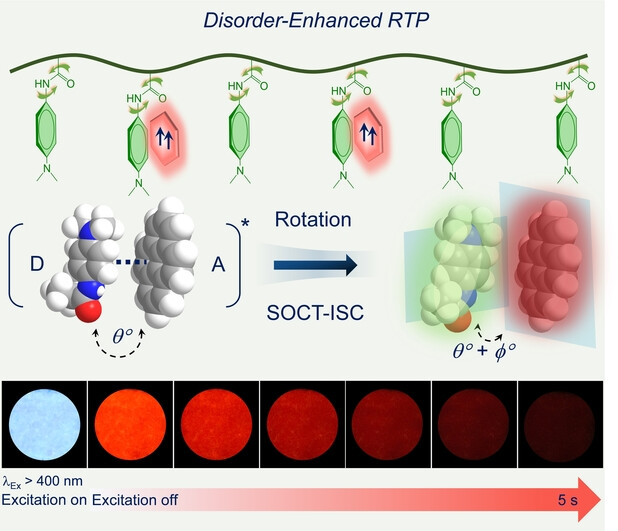
Disorder is usually considered to cause photoluminescence quenching by dissipating excited-state energy, here we challenge the conventional wisdom by showing that increased disorder from crystalline to polymer media actually enhances room-temperature phosphorescence, when a mediating charge-transfer state is involved.
Catalyst Preparation | Very Important Paper
Photocatalytic Free Radical-Controlled Synthesis of High-Performance Single-Atom Catalysts
- First Published: 21 September 2023
Cascade Reactions
A Carbene Relay Strategy for Cascade Insertion Reactions
- First Published: 19 September 2023

We streamline the synthesis of ketones and esters with multiple α-heteroatoms by sequentially generating two heteroatom metal carbenes using a designer I(III)/S(VI) reagent. This strategy enables the selective addition of oxygen, nitrogen, sulfur, or carbon atoms, incorporating up to three functional groups at the α-carbon of carbonyls in a single step.
Electrochemistry
Organo-Mediator Enabled Electrochemical Deuteration of Styrenes
- First Published: 12 September 2023

A general, economical, and direct approach to access α,β-deuterated styrene compounds via triphenylphosphine (TPP)-mediated electrochemical deuteration of styrenes and derivatives through electrochemical deuterium atom transfer (eDAT) has been developed. This approach tolerated a wide range of styrenes and 1-phenyl-1,3-dienes, and the extension to late stage deuteration of complex molecules and their derivatives showed a potential prospect.
Nuclear Waste Removal | Hot Paper
Decorating Channel Walls in Metal–Organic Frameworks with Crown Ethers for Efficient and Selective Separation of Radioactive Strontium(II)
- First Published: 24 September 2023
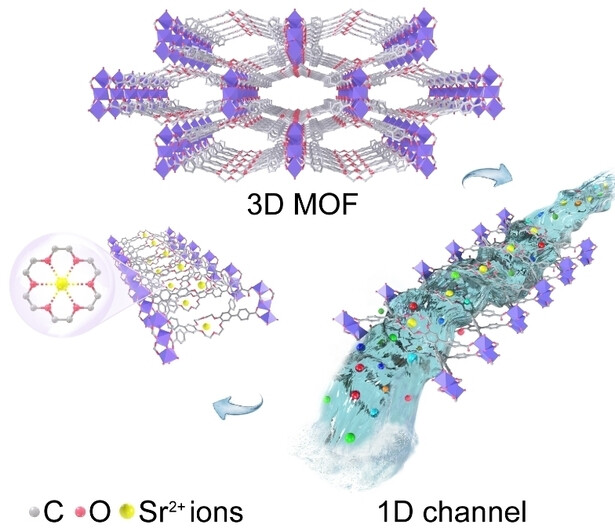
A novel MOF adsorbent is fabricated for the removal of radioactive strontium(II) from nuclear wastewater. Benefiting from the synergy of the 1D channels for efficient transportation of Sr2+ ions and the decorating of the functional sites on the channel walls to aviod the blocking of the channels, the MOF adsorbent realizes highly efficient and ultrafast separation of strontium(II).
Nanoparticles | Hot Paper
Direct Assembly of Metal-Phenolic Network Nanoparticles for Biomedical Applications
- First Published: 06 October 2023

Metal-phenolic network nanoparticles (MPN NPs) with different compositions are directly assembled, without templates or seeding agents, by controlling the coordination kinetics of metal-phenolic complexes. The strong binding affinity of polyphenols to various guest molecules enables the incorporation of functional cargos (e.g., proteins and drugs) to form cargo-loaded MPN NPs for potential biomedical applications.
Gas Separation | Very Important Paper
Tuning the Stacking Modes of Ultrathin Two-Dimensional Metal–Organic Framework Nanosheet Membranes for Highly Efficient Hydrogen Separation
- First Published: 15 September 2023
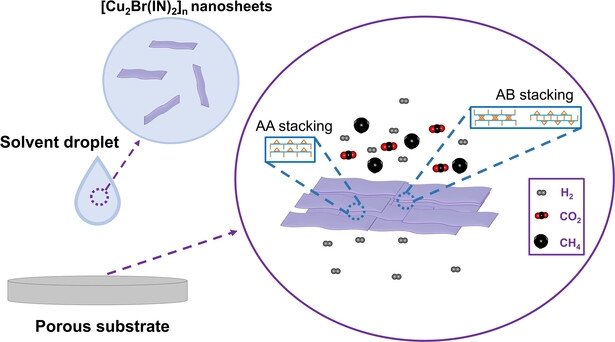
The stacking of two-dimensional metal–organic framework (MOF) nanosheets is controlled by solvent droplet dynamic behaviors at different temperatures of drop coating. The unique binary stacking modes of the [Cu2Br(IN)2]n nanosheets offers a chance to understand the relationship between nanosheet stacking behaviors and the gas separation performance of the resulting membranes.
Vesicles
Synthetic Membraneless Droplets for Synaptic-Like Clustering of Lipid Vesicles
- First Published: 20 September 2023
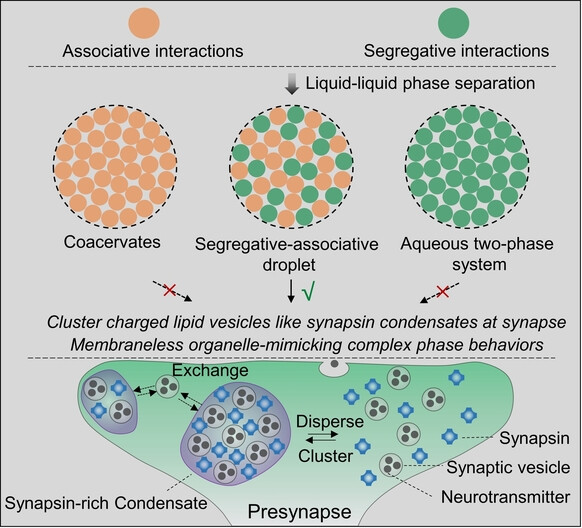
We demonstrate a new aqueous droplet as mimic of membraneless organelles (MLOs), which we call segregative-associative (SA) droplets, apart from the widely known complex coacervates and neutral polymer-based aqueous two-phase systems. The SA droplet exhibits MLO-mimicking complex phase behaviors and can cluster charged lipid vesicles like MLOs at synapse, which has been hitherto unachievable for most current MLO-mimics.
Solar Cells | Hot Paper
Understanding the Role of Fluorine Groups in Passivating Defects for Perovskite Solar Cells
- First Published: 21 September 2023
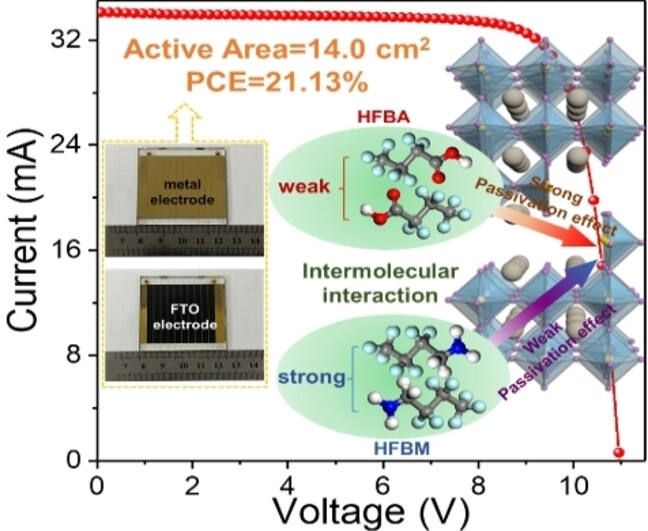
In passivating perovskite defects it is shown that the F group can interact with the passivation groups of the additives, leading to different abilities to passivate defects rather than only introducing additional interactions between F and Pb2+ as previously thought. The efficiencies of perovskite solar cells and modules made with the fluorinated passivators reach 24.70 % (0.09 cm2) and 21.13 % (14.0 cm2), respectively, with long-term stability.
Polymerization
Functional Polythioamides Derived from Thiocarbonyl Fluoride
- First Published: 25 September 2023
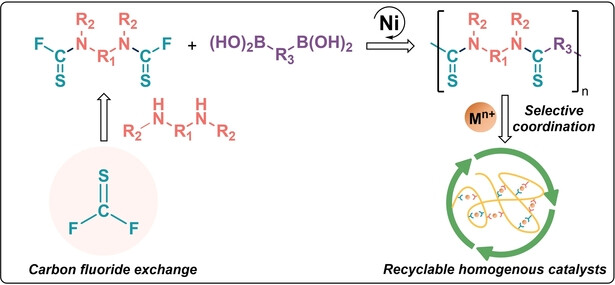
Polythioamides have been successfully synthesized using diboronic acids, secondary diamines, and thiocarbonyl fluoride as the central connective hub. These polythioamides exhibit inherent selectivity in coordinating metal ions, resulting in the formation of PdII-crosslinked single-chain nanoparticles that can serve as recyclable homogeneous catalysts. This study highlights the potential of thiocarbonyl fluoride as a powerful hub for addressing the challenging synthesis of sulfur-containing polymers.
Photoluminescence
Photoluminescence of Mn2+ in the Borosulfate Zn[B2(SO4)4] : Mn2+—A Tool to Detect Weak Coordination Behavior of Ligands
- First Published: 07 August 2023
![Photoluminescence of Mn2+ in the Borosulfate Zn[B2(SO4)4] : Mn2+—A Tool to Detect Weak Coordination Behavior of Ligands](/cms/asset/ac60bf51-01c9-4f1c-9ee4-9dc551be0b4e/anie202309212-toc-0001-m.jpg)
The luminescence of Mn2+ is strongly affected by the ligand field. Usually only the metal-ligand distance is considered a tool to tune the ligand field strength in phosphors. Using Zn[B2(SO4)4] as a host, we show that electronic effects are an important alternative and lead to unusual orange luminescence of Mn2+.
Batteries | Hot Paper
Hydrogen Transport and Evolution in Ni-MH Batteries by Neutron Imaging
- First Published: 15 September 2023
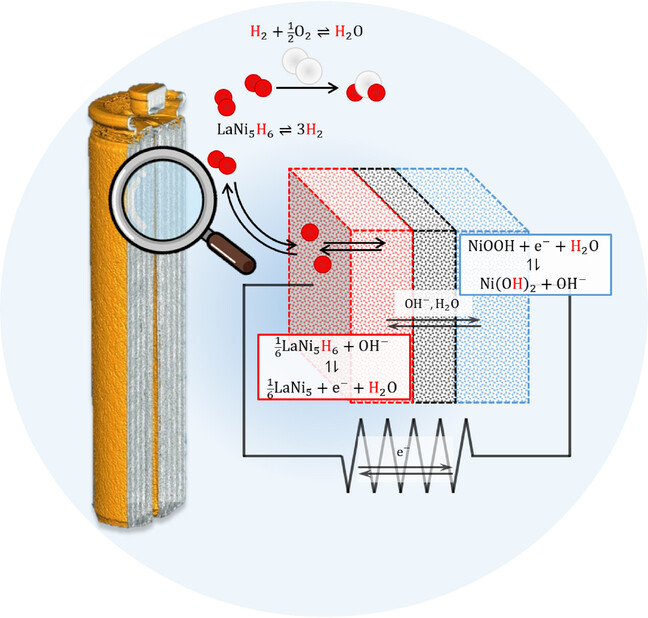
Non-destructive and high-resolution methods allowing the investigation of battery systems are provided by operando neutron imaging combined with electrical monitoring of the state of charge. We track the exchange and transport of hydrogen in the electrodes and the evolution of hydrogen gas under operating conditions of a commercial Ni-mixed metal hydride battery.
Communications
Supramolecular Photocatalysis
Photocatalytic Terminal C−C Coupling Reaction Inside Water Soluble Nanocages
- First Published: 07 September 2023
Perovskite Photodetectors
Stereochemically Active Lone Pair Induced Polar Tri-layered Perovskite for Record-Performance Polarized Photodetection
- First Published: 13 August 2023
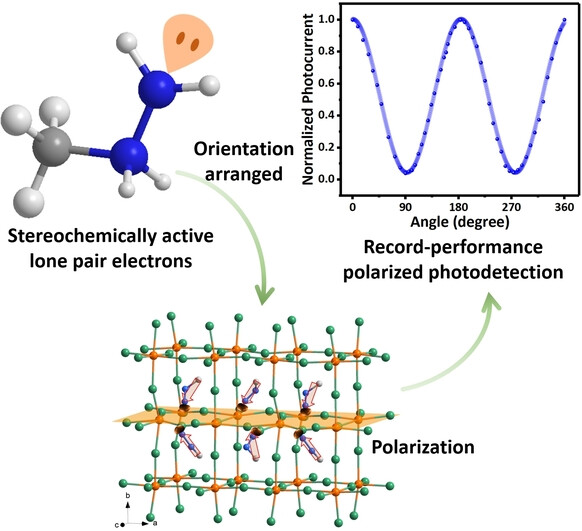
A lone-pair electron in MHy+ (methylhydrazine) results in the generation of a dipole moment. The dipole moments aggregate to give polarization, which is detected with a steady open-circuit voltage. Polarized detectors using the (IBA)2MHy2Pb3Br10 (IBA=iso-butylamine) single-crystal have an ultrahigh polarization ratio of up to 24.6 in self-powered mode, this ratio is a record for organic-inorganic hybrid perovskite single-crystals.
Perovskite Ferroelectrics
Building Block-Inspired Hybrid Perovskite Derivatives for Ferroelectric Channel Layers with Gate-Tunable Memory Behavior
- First Published: 21 September 2023
Organocatalysis
Organocatalytic C−H Functionalization of Simple Alkanes
- First Published: 20 September 2023

An organocatalytic direct functionalization/acylation of strong aliphatic C(sp3)-H bonds is disclosed via an N-heterocyclic carbene (NHC)-catalyzed dehydrogenative coupling of aldehydes with simple alkanes. The inert aliphatic C−H bonds are efficiently cleaved through intermolecular hydrogen atom transfer, providing an alternative organocatalytic approach for alkane C−H functionalization under transition metal- and light free conditions.
Asymmetric Catalysis
Enantioselective De Novo Synthesis of α,α-Diaryl Ketones from Alkynes
- First Published: 19 September 2023
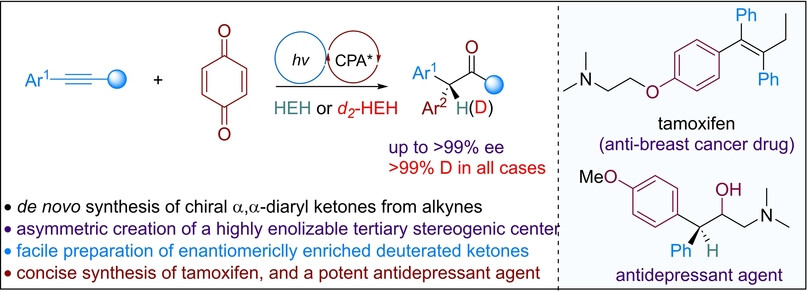
The enantioselective synthesis of α,α-diaryl ketones from alkynes through chiral phosphoric acid catalysis is demonstrated. This method also serves as an efficient deuteration method for the preparation of enantiomerically enriched α-deuterated α,α-diaryl ketones. Using the methodology, bioactive molecules, including one of the best-selling anti-breast cancer drugs, tamoxifen, are readily synthesized.
Multicomponent Reaction | Hot Paper
Divergent and Selective Light Alkene Cross-Coupling
- First Published: 02 October 2023

A regioselective Ni-catalyzed Heck coupling, a reductive Heck coupling, and a Heck/Kumada coupling of light alkenes are reported herein. These strategies enable highly efficient hydro-arylation/-vinylation, (di)arylation, vinylation, and aryl-vinylation transformations thus accessing alkyl arenes and complex alkenes. This coupling strategy provides a modular and divergent platform for upgrading feedstock light alkenes.
Strained Molecules
Forcing Twisted 1,7-Dibromoperylene Diimides to Flatten in the Solid State: What a Difference an Atom Makes
- First Published: 24 September 2023
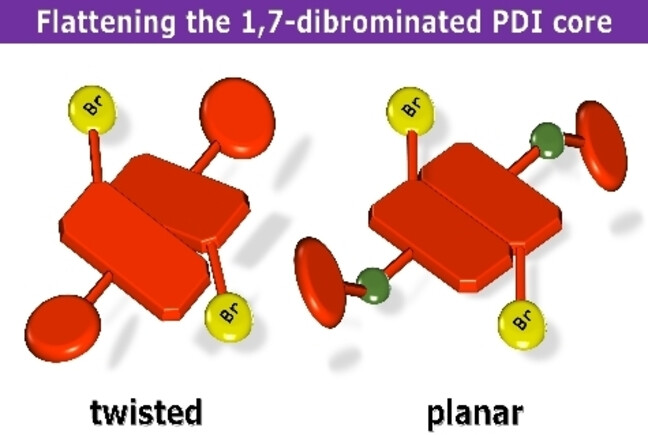
The introduction of CH2 or NH spacers of low stereochemical hindrance on the imide function of heavily twisted 1,7-dibromoperylene diimides (PDIs), enables, in the solid state, the unexpected flattening of the polyaromatic cores. Powder diffraction and DFT calculations provided reliable structural and energetic details and an estimate of stabilizing π–π interactions of flat PDI cores, counterbalancing the natural tendency toward twisting.
Degradable Polymers
High-Density Polyethylene with In-Chain Photolyzable and Hydrolyzable Groups Enabling Recycling and Degradation
- First Published: 22 September 2023

Post-polymerization Baeyer–Villiger oxidation of polyethylenes bearing in-chain keto groups (keto-PE) yields mixed keto-ester-PE, which combines photodegradability of the in-chain ketones with the in-chain esters as chemical access point for solvolysis, while the basic materials properties of HDPE are fully retained.
Molecular Crystals
The Ambiguous Origin of Thermochromism in Molecular Crystals of Dichalcogenides: Chalcogen Bonds versus Dynamic Se−Se/Te−Te Bonds
- First Published: 17 September 2023
Photoswitches
Visible-light-switchable Chalcone-Flavylium Photochromic Systems in Aqueous Media
- First Published: 27 September 2023
Spin Crossover
Ligand Modifications Produce Two-Step Magnetic Switching in a Cobalt(dioxolene) Complex
- First Published: 21 September 2023
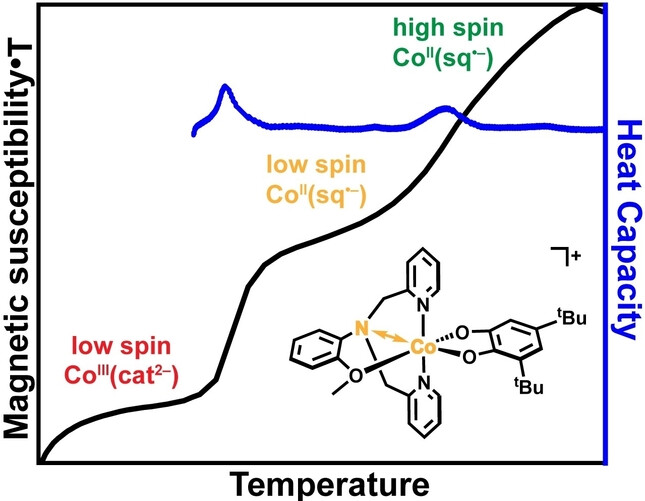
Solution and solid-state measurements provide support for the first example of two-step magnetic switching in a mononuclear monodioxolene cobalt complex. Employing a dynamic ligand scaffold may be the key to stabilizing the rare low spin Co(II) intermediate state and traversing both valence tautomeric and spin crossover transitions.
Bioconjugation
Thiol-Specific Silicon-Containing Conjugating Reagent: β-Silyl Alkynyl Carbonyl Compounds
- First Published: 18 September 2023

A novel type of silicon-containing alkynone reagents that target free thiols to produce the stable vinyl-sulfide linker under biocompatible conditions is reported. Besides simple aliphatic and aromatic thiols, this approach is also applicable to the labeling of thiols present in proteins, sugars and pharmaceuticals with full retention of silicon handles in most cases.
Bioelectrocatalysis | Hot Paper
Bioelectrocatalytic CO2 Reduction by Mo-Dependent Formylmethanofuran Dehydrogenase
- First Published: 15 September 2023

The electroenzymatic catalysis of the multisubunit complex formylmethanofuran dehydrogenase was investigated (left panel). The O2-sensitive enzyme isolated from a thermophilic methanogen reduces CO2 with high faradaic efficiency upon deposition on a graphite rod electrode (middle panel). The low affinity for formate (right panel) favoured its accumulation, an interesting property for CO2-conversion technologies.
Zn Metal Batteries
Zincophilic Interfacial Manipulation against Dendrite Growth and Side Reactions for Stable Zn Metal Anodes
- First Published: 20 September 2023
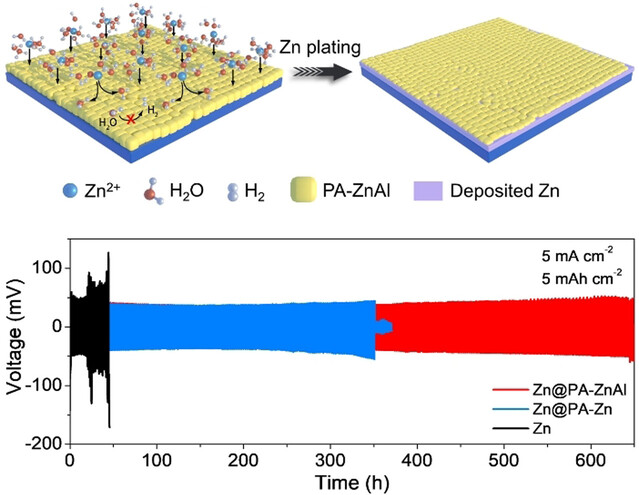
A phytic acid (PA)-ZnAl coordination compound is demonstrated as a multifunctional interphase layer to achieve highly reversible and dendrite-free Zn metal anodes. The zincophilic PA-ZnAl layer enables the homogenized Zn2+ flux, rapid desolvation kinetics, enhanced Zn2+ transference number, and suppressed side reactions, thus contributing to the high Coulombic efficiency and enhanced cycling performance with dendrite-free morphology.
Analytical Methods
Adaptive Supramolecular Networks: Emergent Sensing from Complex Systems
- First Published: 12 September 2023
Raman Spectroscopy
Combination of Resonance and Non-Resonance Chiral Raman Scattering in a Cobalt(III) Complex
- First Published: 20 September 2023
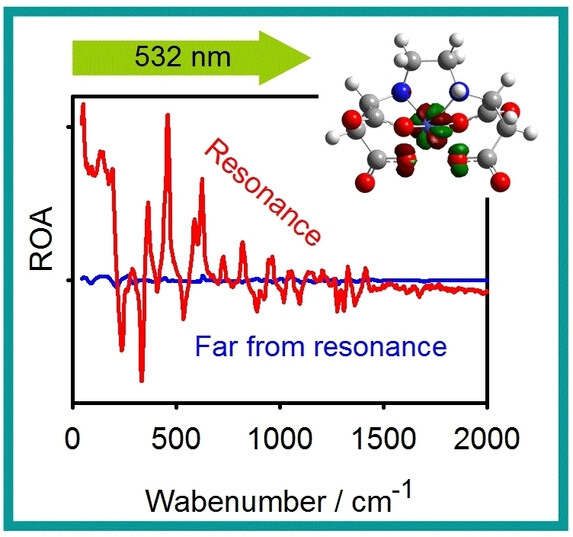
Resonance Raman optical activity is becoming a useful tool to study geometry and electronic structure of molecules. For a cobalt complex we report large signal enhancement, unique resonance spectral pattern, and an advanced analysis based on vibrational functions of the ground and excited electronic state. For the first time, a dual circular polarization signal coming from asymmetric molecular polarizabilities was verified on enantiomers.
CO2 Hydrogenation
A High Pressure Operando Spectroscopy Examination of Bimetal Interactions in ‘Metal Efficient’ Palladium/In2O3/Al2O3 Catalysts for CO2 Hydrogenation
- First Published: 18 September 2023
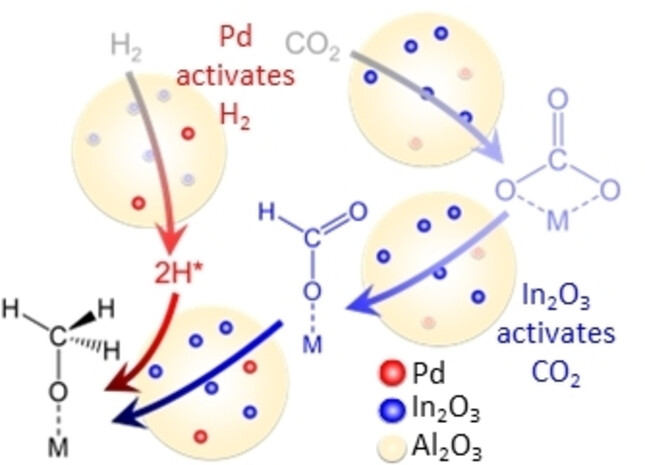
Operando spectroscopy under CO2 hydrogenation conditions reveals the importance of catalyst design in a metal-efficient Palladium/In2O3/Al2O3 catalyst. Concurrent X-ray absorption spectroscopy measurements of Pd and In, combined with infrared techniques reveals the roles of the two metals, relating them to the catalytic mechanism with vital insights for future multimetallic catalyst development.
Atropoisomers
Atroposelective Synthesis of C−N Vinylindole Atropisomers by Palladium-Catalyzed Asymmetric Hydroarylation of 1-Alkynylindoles
- First Published: 25 September 2023

The enantioselective hydroarylation of 1-alkynylindoles with organoborons for the synthesis of chiral C−N atropisomers is presented. A wide variety of vinylindole atropisomers were synthesized in excellent regioselectivity, stereoselectivity (Z-selectivity), and enantioselectivity under mild reaction conditions.
Analytical Methods
Highly Uniform DNA Monolayers Generated by Freezing-Directed Assembly on Gold Surfaces Enable Robust Electrochemical Sensing in Whole Blood
- First Published: 19 September 2023

Freezing a droplet containing DNA on gold surfaces gives rise to a uniform DNA monolayer with vertically standing up and laterally separated conformations. Compared to DNA surfaces obtained by traditional methods, the freezing-induced surface is remarkably stable over electrochemical interrogation and long-term storage. The uniform conformation increases the binding affinity of DNA by over 40-fold and enhances the antifouling performance in undiluted whole blood.
Photocatalysis | Hot Paper
Temporal Regulation of PET-RAFT Controlled Radical Depolymerization
- First Published: 09 October 2023
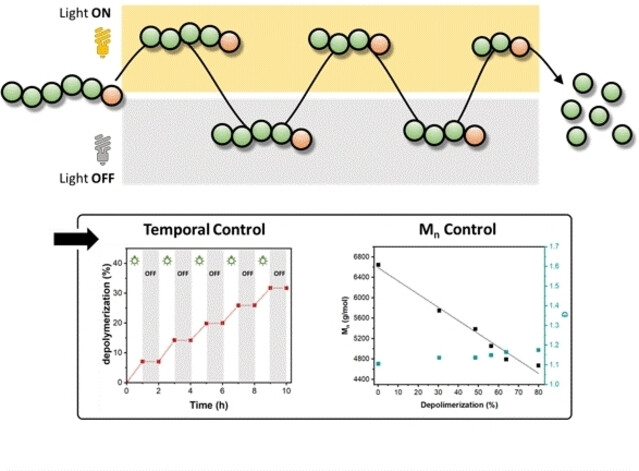
Precise temporal control under visible irradiation has been achieved through a photocatalytic RAFT chemical recycling methodology. Depolymerization could be easily initiated by switching “on” the light, whereas negligible monomer regeneration was observed in the dark. This outstanding characteristic was possible by fine regulation of the deactivation of the depropagating chain and by finally suppressing thermal initiation of the chains.
Gas-Phase Chemistry | Very Important Paper
Chemical Synthesis with Gaseous Molecular Ions: Harvesting [B12Br11N2]− from a Mass Spectrometer
- First Published: 02 August 2023
Photochemistry | Hot Paper
On-Demand Activation of Transesterification by Chemical Amplification in Dynamic Thiol-Ene Photopolymers
- First Published: 07 September 2023
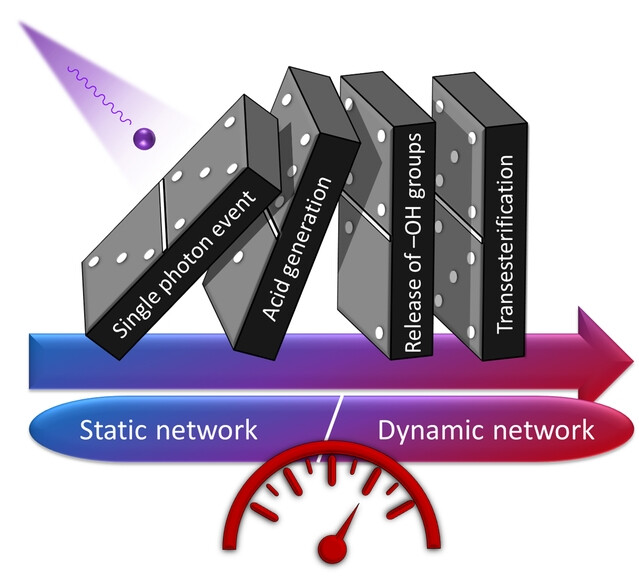
The potential of chemical amplification has been explored for the on-demand release of hydroxy groups in dynamic covalent thiol-ene photopolymers by controlled activation of a photoacid. In a domino effect fashion, a single photon event leads to a cascade of reactions, which ultimately endow the polymers with the ability to flow as a result of thermo-activated transesterification.
Radicals
Bis-Olefin Based Crystalline Schlenk Hydrocarbon Diradicals with a Triplet Ground State
- First Published: 30 August 2023




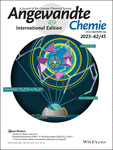
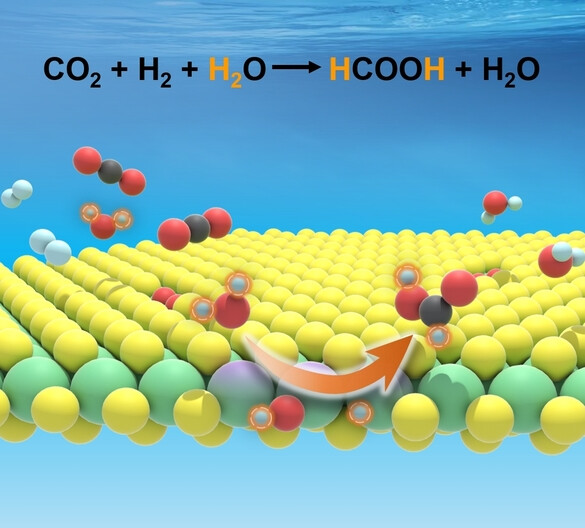

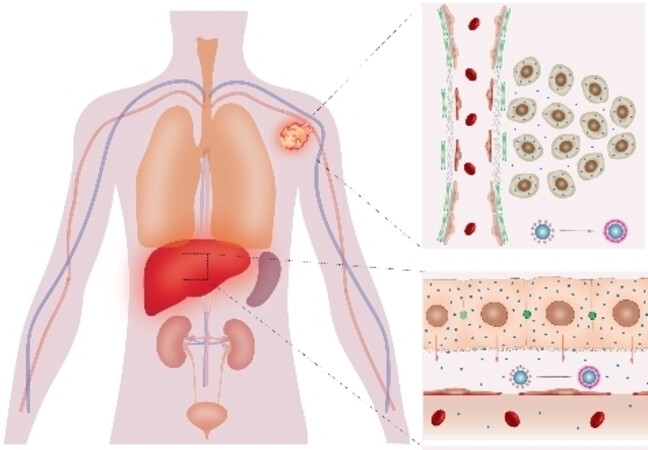
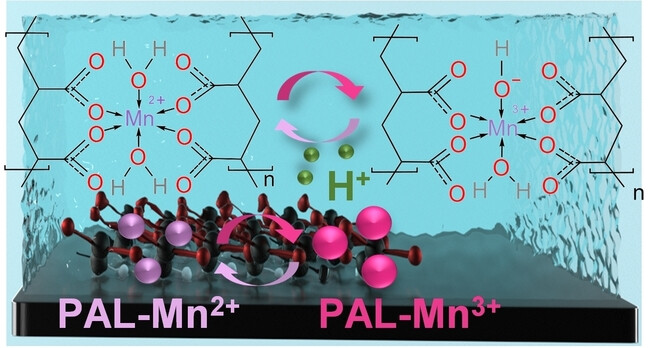
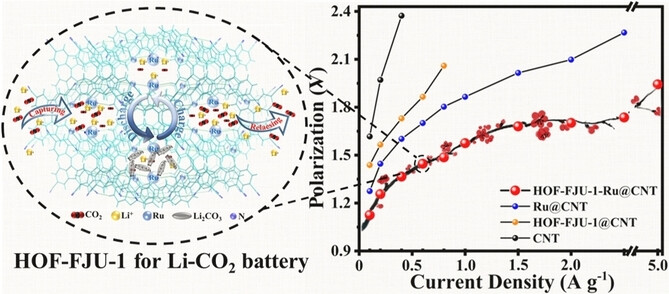
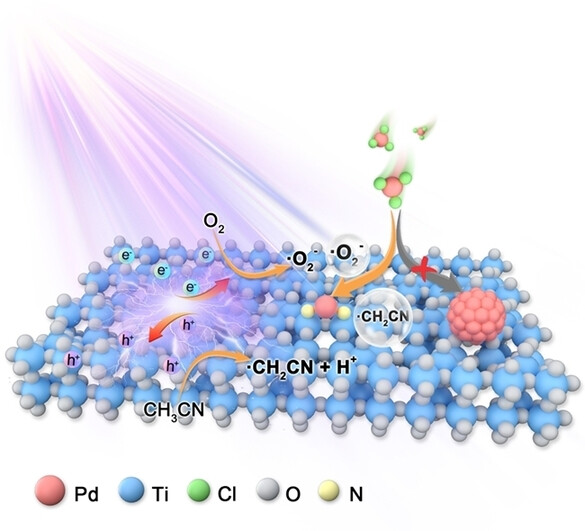
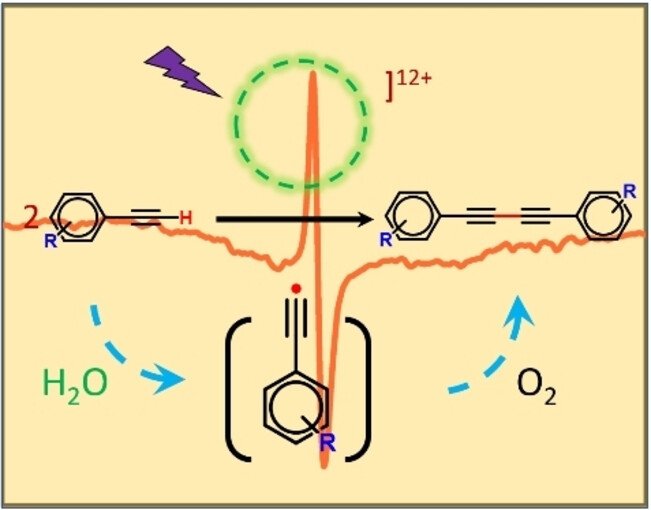
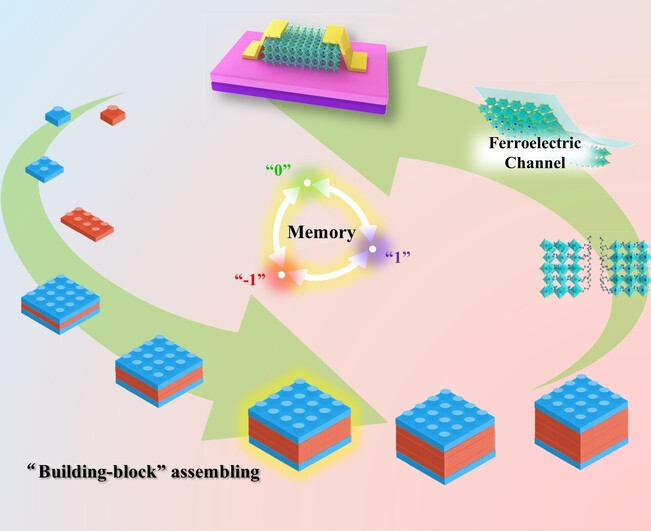
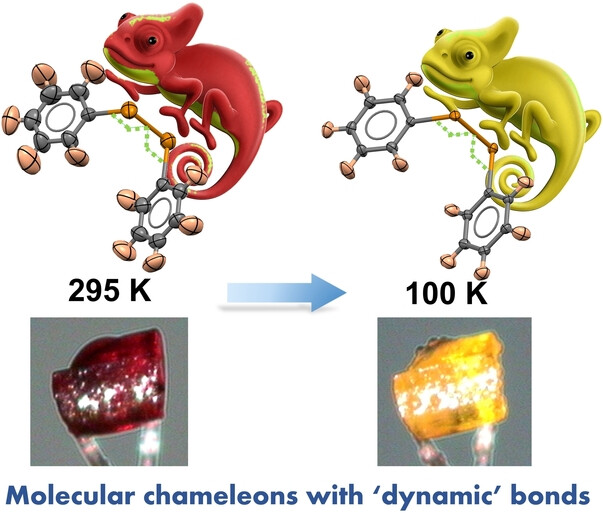
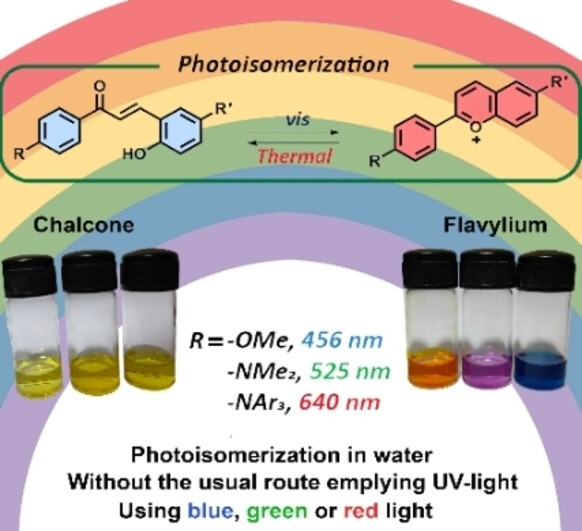

![Chemical Synthesis with Gaseous Molecular Ions: Harvesting [B12Br11N2]− from a Mass Spectrometer](/cms/asset/9de1186f-9464-4c9f-b4af-7e8578fab545/anie202308600-toc-0001-m.jpg)



































